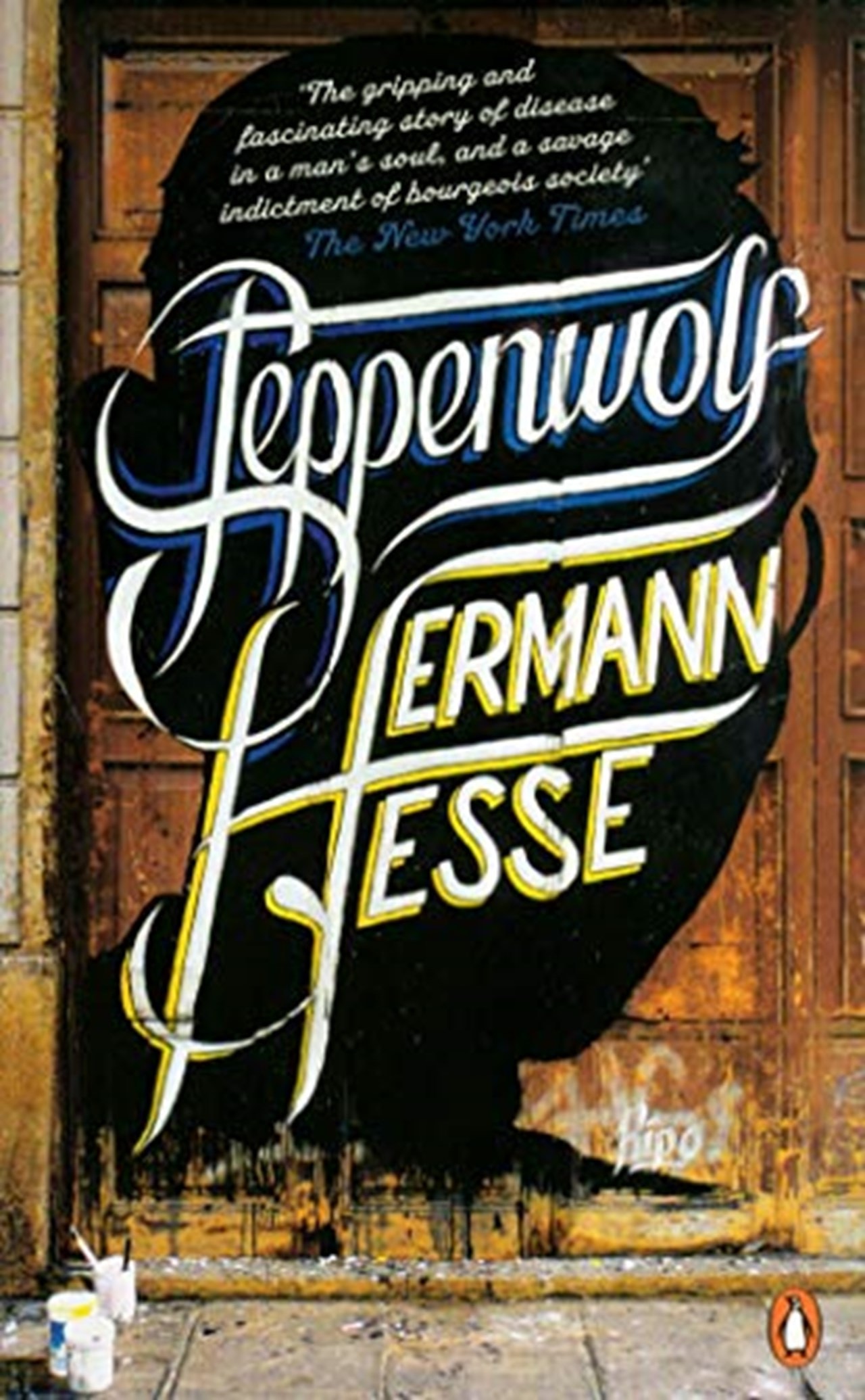

Harry Haller's Records: Magic Theater, Galleries 5-7 (death of Hermine, Mozart, & Steppenwolf's punishment).Harry Haller's Records: Magic Theater, Gallery 4 (lovers).Harry Haller's Records: Magic Theater, Gallery 3 (taming the wolf).Harry Haller's Records: Magic Theater, Gallery 2 (playing chess).Harry Haller's Records: Magic Theater, Gallery 1 (automobiles).

Harry Haller's Records: Fancy Dress Ball.Harry Haller's Records: Steppenwolf and Hermine discuss death.Harry Haller's Records: Affair with Maria.Harry Haller's Records: First Date with Hermine.Harry Haller's Records: Meeting Hermine.


The story in large part reflects a profound crisis in Hesse’s spiritual world during the 1920s. The novel was named after the German name for the steppe wolf. Originally published in Germany in 1927, it was first translated into English in 1929. The Elmi Farhangi Publishing Company is the publisher of the book rendered by Keikavus Jahandari.Īt least three other Persian editions of the novel have previously been published in Iran. TEHRAN – A new Persian translation of German-Swiss author Hermann Hesse’s tenth novel “Steppenwolf” has been published in Iran.


 0 kommentar(er)
0 kommentar(er)
